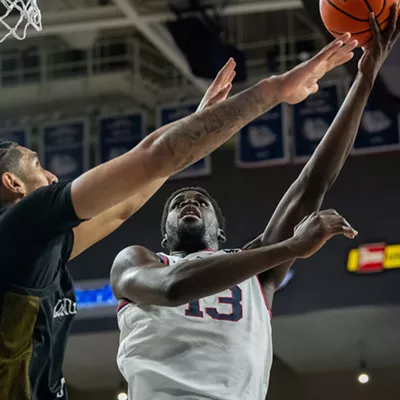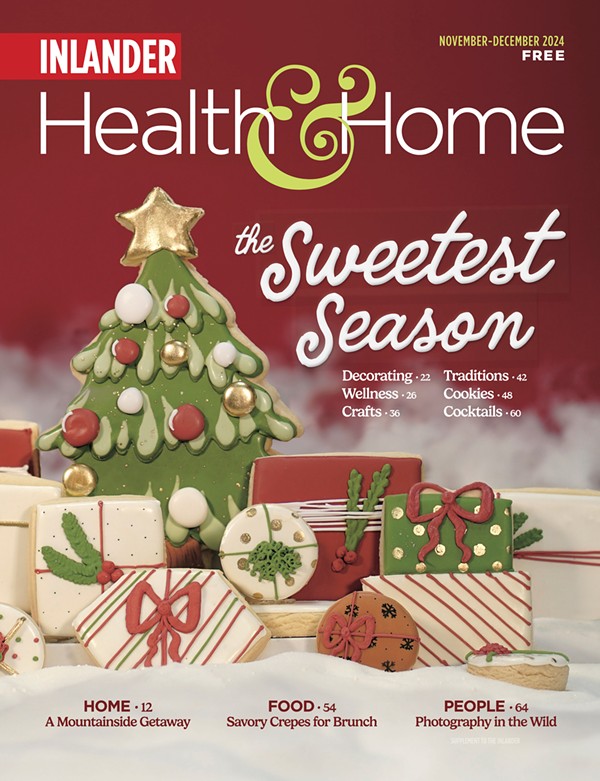
When U.S. lawmakers passed the $2.3 trillion Consolidated Appropriations Act in 2020, they intended to make the federal financial aid process easier for current and prospective college students. Alongside changes to Pell Grant eligibility and $1.3 billion in student loan forgiveness, Congress aimed to simplify the Free Application for Federal Student Aid (FAFSA).
This entailed reducing the total applicant questions from 108 to 36 and allowing the transfer of federal tax information from the IRS directly into the FAFSA form, according to the U.S. Department of Education.
However, the rollout of this simpler form has presented a slew of issues for those filling out the 2024-25 FAFSA around the nation. One of the primary problems is that the application was released later than it has been in previous years. While it's normally available for people by October, this year it didn't become public until Dec. 31.
"The application is school-year specific, it's not a form that's always available," says Sarah Everitt, Dean of Student Financial Services at Gonzaga University. "We got off to a late start with applications this year, so schools are in this time crunch to communicate financial aid information to prospective students."
Due to this year's delay, schools are still awaiting Institutional Student Information Records (ISIR) that indicate how much federal aid someone is eligible for. For now, university financial aid departments can only release estimated aid offers.
"I really hope it's a first year fluke," Everitt says. "We've started to receive more records and are making steps in the right direction."
Schools like Gonzaga usually give their financial aid offers to students by sometime in February, Everitt says, so they can then decide which school they'll be going to and claim their offer.
Currently, Gonzaga has about half of the ISIR forms that they need from the U.S. Department of Education, and if all goes smoothly, Everitt hopes that the university will be able to make financial aid offers by the end of April. Gonzaga also extended their declaration deadline to June 1 due to the issues with the form's late release.
Washington State University has extended the FAFSA priority deadline (the date by which students need to have their forms in to potentially receive the largest offer) and the deadline for general scholarship applications to May 1.
Other schools, like Eastern Washington University have started receiving the needed forms, but are unable to access them, says EWU spokesman Dave Meany, by email. He says the university is in the process of installing the software system needed to import the data that's been provided by the Department of Education.
EWU is committing all possible resources to expedite their aid offers, but Meany says the university is likely still weeks away from finishing that work.
"Giving a specific date is difficult to guesstimate at this point, but the university is hoping for May [to make financial aid offers]," Meany wrote in an email. "[We] just don't know what other FAFSA issues may surface in the coming weeks and months."
"We are just now launching what is normally a four-month process," he added.
Even with all the snags along the way, financial aid will still be available to students. Everitt recognizes the stress people face when they aren't able to pinpoint their aid amount, but she says they shouldn't take themselves out of the running for that reason alone.
Financial aid offices at universities across the Inland Northwest can provide students with the updated deadline information for their institution.
"Despite the challenges, the [FAFSA] form is a lot easier than it's ever been before," Everitt concludes. "Ultimately, this will be an easier process."






















